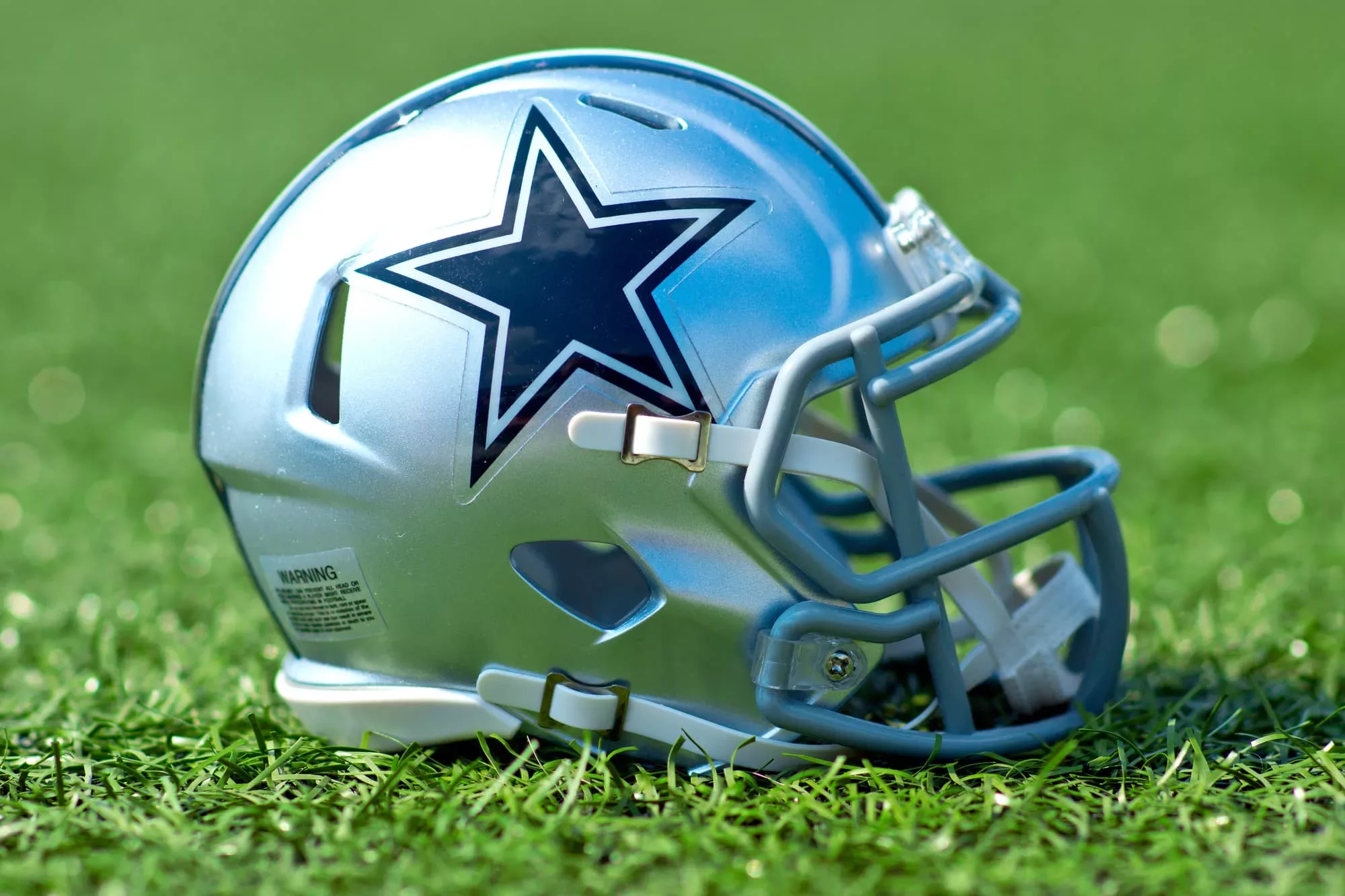The Rudy Gobert trade package shook up the NBA on July 1st. Many people in the know had hinted something was going on in Utah, but what’s the fallout from the Minnesota Timberwolves blockbuster deal with the Utah Jazz?
Rudy Gobert trade package
Rudy Gobert is a three-time Defensive Player of the Year, his presence on the court automatically vaults you into top-ten defensive efficiency, and the Minnesota Timberwolves paid way too much for him.
The Timberwolves traded away Malik Beasley, Patrick Beverley, Leandro Bolmaro, Jarred Vanderbilt, and this season’s 22nd overall pick, Walker Kessler, to match salaries. For sweetener, Minnesota threw in unprotected picks in 2023, 2025, 2027, a 2026 pick swap, and a top-five unprotected pick in 2029.
Wow, that’s a lot of sweetener.
Rudy Gobert is only 30, but this reminds me of the 2013 blockbuster between the Brooklyn Nets and Boston Celtics that sent Kevin Garnett and Paul Pierce to the Nets for three unprotected picks (2014, 2016, and 2018) and a pick swap in 2017.
That might seem harsh, but I’ll break down why this deal has shades of that blunder below.
What this trade means for the Minnesota Timberwolves
It means the Minnesota Timberwolves will be great… in the regular season. The Gobert trade to the Timberwolves has a chance to go down as one of the worst trades in NBA history, but it won’t look like that from the outset.
Since the 2015-16 NBA season, the Utah Jazz have ranked 7th, 3rd, 1st, 2nd, 13th, 3rd, and 10th in defensive efficiency (according to NBA.com’s Advanced Defensive Rating). It wasn’t an exaggeration when I said the Stifle Tower is a walking top ten defense. Utah hit those efficiency numbers without getting Gobert much help. The easiest place to score is at the rim. Gobert deters shooters from getting to the rim. That part is basic.
Sure, you can put him in pick and rolls and pull him out to the perimeter, but Gobert is surprisingly agile and can quickly cover a lot of ground to recover. Utah’s defensive meltdowns against the Los Angeles Clippers and Dallas Mavericks got overblown as being his fault. The Utah Jazz literally had no other plus defenders that past two seasons. Rudy Gobert was the Jazz defense, the Jazz defense was Rudy Gobert.
So what does the Rudy Gobert trade package mean for the Minnesota Timberwolves? First, they will have a top-ten defense for at least the next two seasons. Second, they’ll never lack depth at the center position. Third, when the 2025 offseason rolls around, they might not have either of those things, but they will have an albatross $47 million contract on their books for a 33-year-old center that can’t shoot and relied on his athleticism. Ask the Los Angles lakers how easy it is to move 33-year-old Russell Westbrook right now.
How does this mirror the Brooklyn Nets?
In the 2012-13 NBA season, the Brooklyn Nets went 49-33. They got bounced by an exciting Chicago Bulls team in the first round but had a bevy of good players such as Joe Johnson, Brook Lopez, and superstar point guard, Deron Williams. If they could add to that talent without losing their ‘big-three,’ they might have a real opportunity at a championship. At least that was the thinking of their owner, Mikhail Prokhorov, and GM, Billy King.
Last season the Minnesota Timberwolves went 48-34. In the first round, they got bounced by an exciting Memphis Grizzlies team, but they have a pretty solid core featuring Karl-Anthony Towns, D’Angelo Russell, and Anthony Edwards. Can you build a championship team out of that core? Maybe, if Anthony Edwards hits his ceiling.
That’s where the mistake lies for the Timberwolves. Unlike the Nets, Minnesota at least traded for a player in his prime. However, they’re waiting on a 20-year-old to hit his prime. By the time Edwards starts to reach his ceiling, Gobert will be old, and KAT will have signed an even bigger contract than his current one. So how will the Timberwolves get better without building through the draft?
This is such a short-sighted move for a team that still won’t be championship caliber. Worrying about all your players being on the same timeline is dumb. Mortgaging your entire future to make the 2nd round is dumber. The Minnesota Timberwolves either panicked or overrated how close their roster was to being championship caliber, and a prime Anthony Edwards will pay for their impatience.
What this trade means for the Utah Jazz
The best part of the Rudy Gobert trade package: Danny Ainge was the GM for the Boston Celtics team that fleeced those Nets teams, and he’s running the Utah Jazz now. The man loves gutting the future of rival opponents.
The Jazz aren’t done yet, but they haven’t tipped their hand on which direction they’re going. Donovan Mitchell is only 25, so if the Jazz front office sees Mitchell as a winner, a soft reset isn’t off the table. They can draft players with their immediate picks, trade away the later ones, and put a competent team around their superstar shooting guard in a season or two. On the other hand, if they want to blow up the whole thing, they should be able to get a king’s ransom for Mitchell.
I’m not sure if any team will be as desperate as the T-Wolves were for Gobert, but there’s a team in New York that would love to overpay Donovan Mitchell.
Rudy Gobert trade fallout
I’m sure Minnesota Timberwolves fans will have every negative article earmarked for when they roll during the regular season.
And I want to reiterate that this is a move that will help them win now.
However, that is the problem. They will cobble some 50+ win season together now and not have the pieces to build a championship roster when they’re ready later.





















Discussion about this post